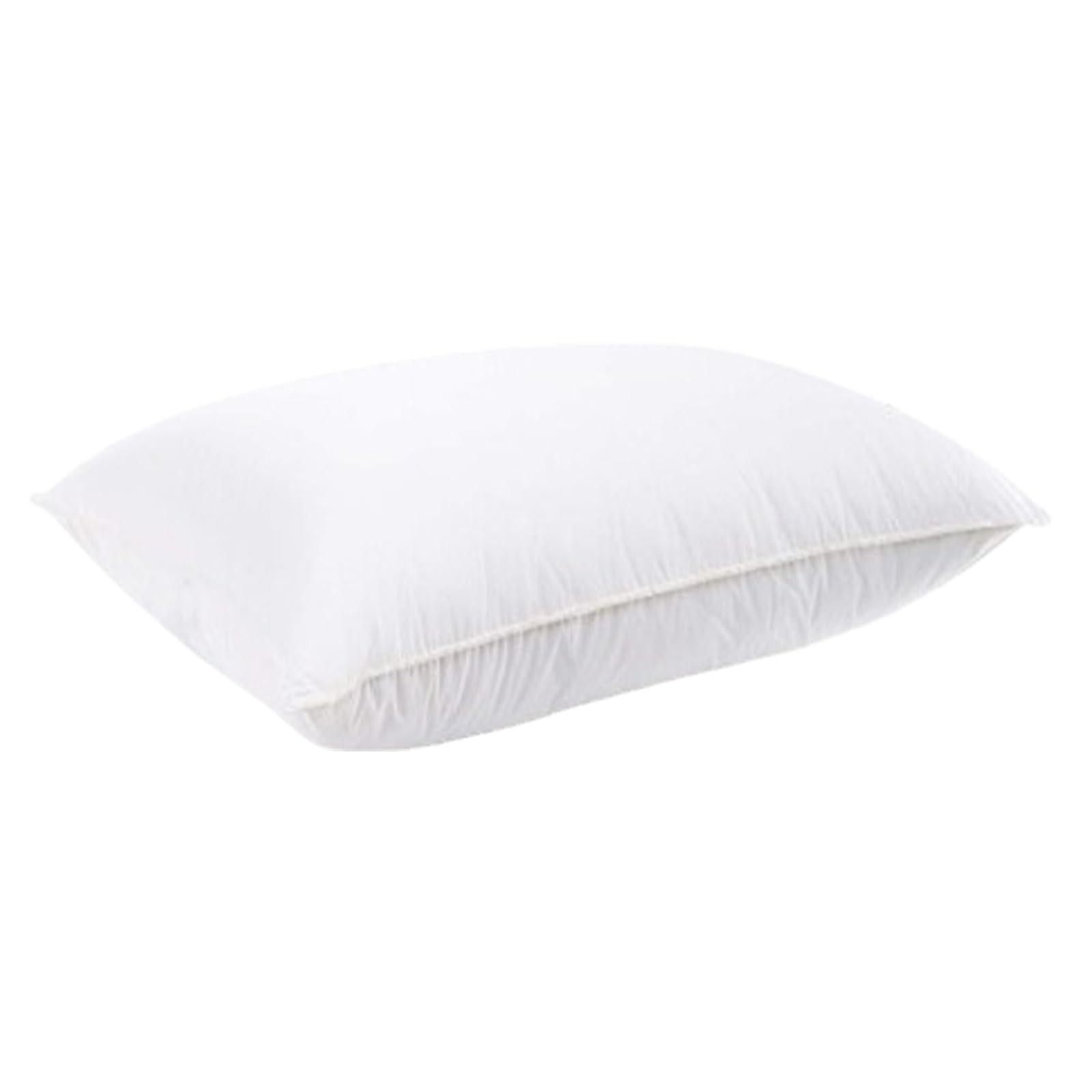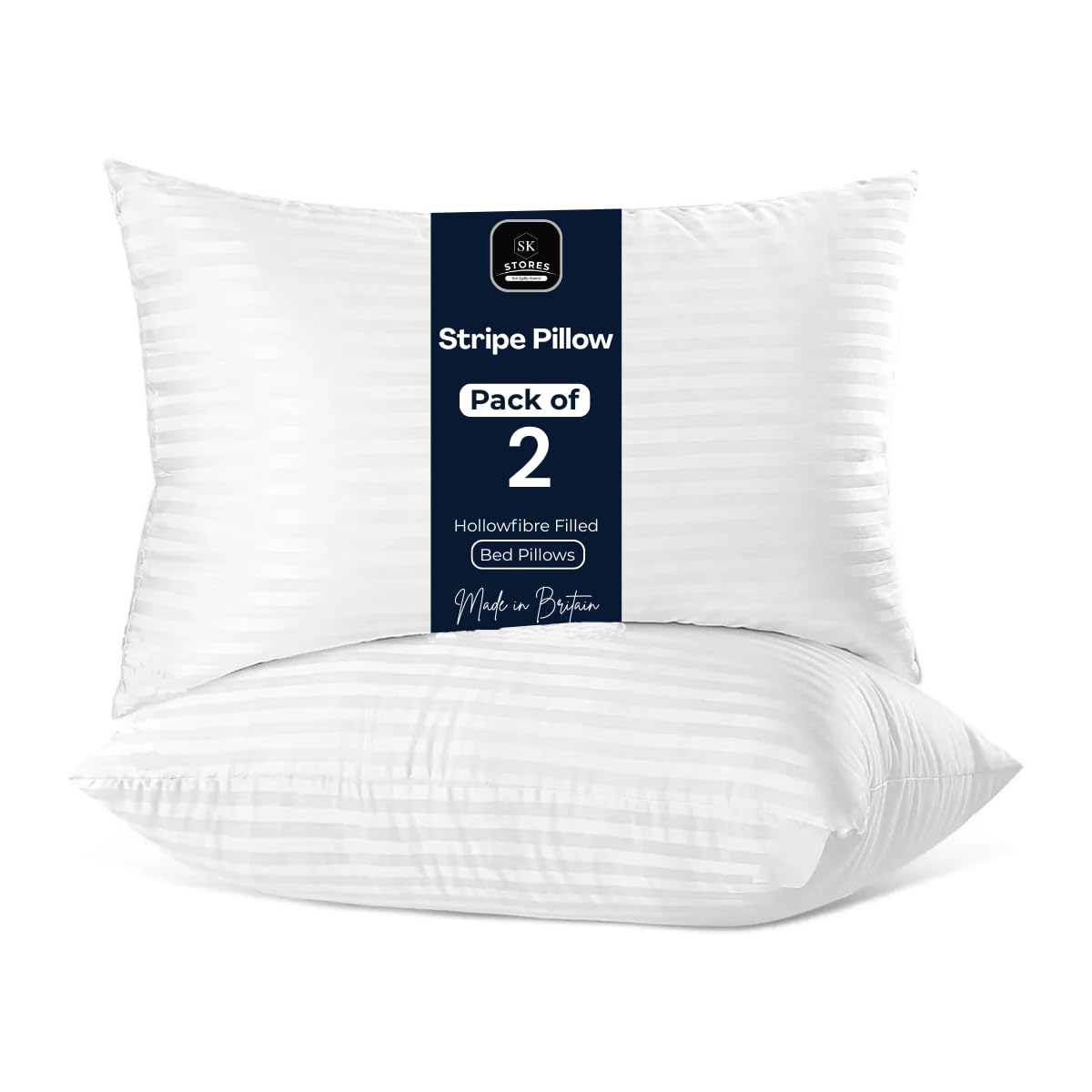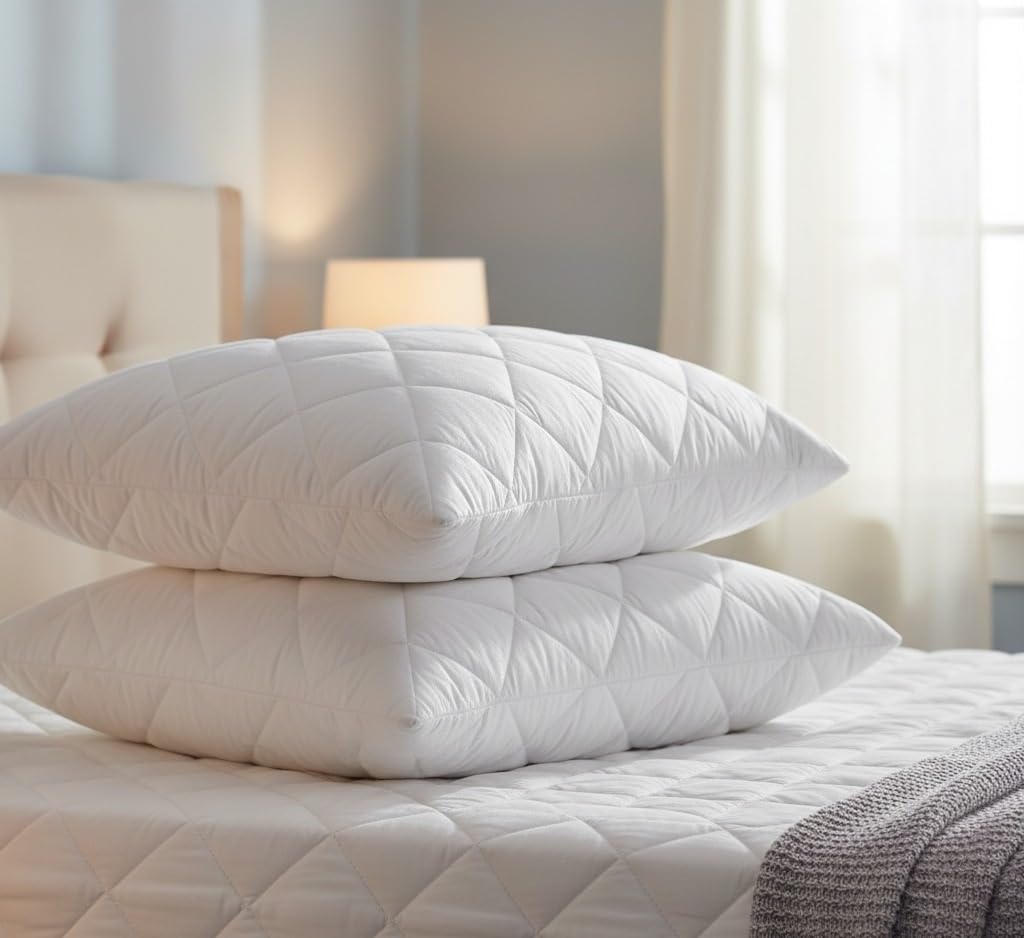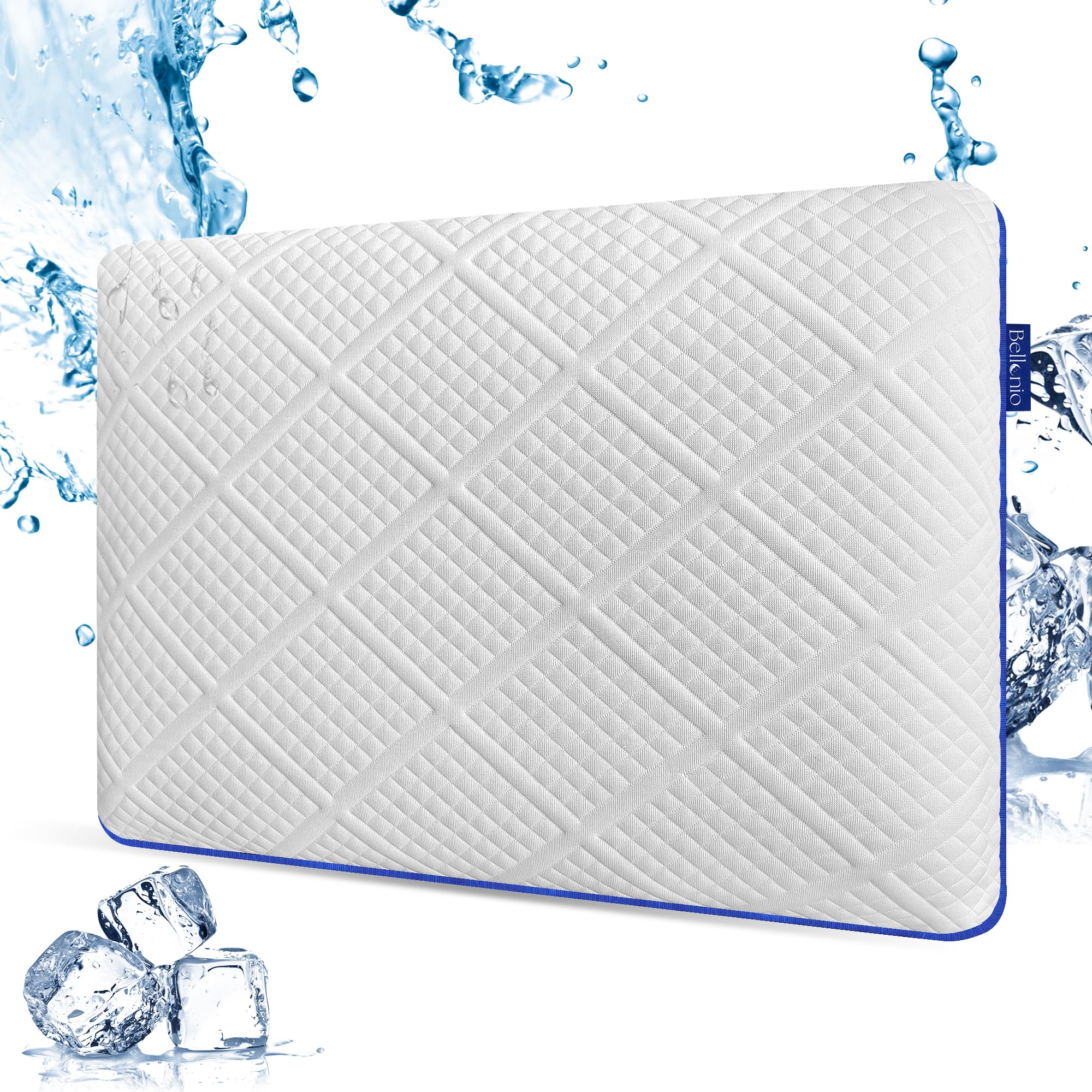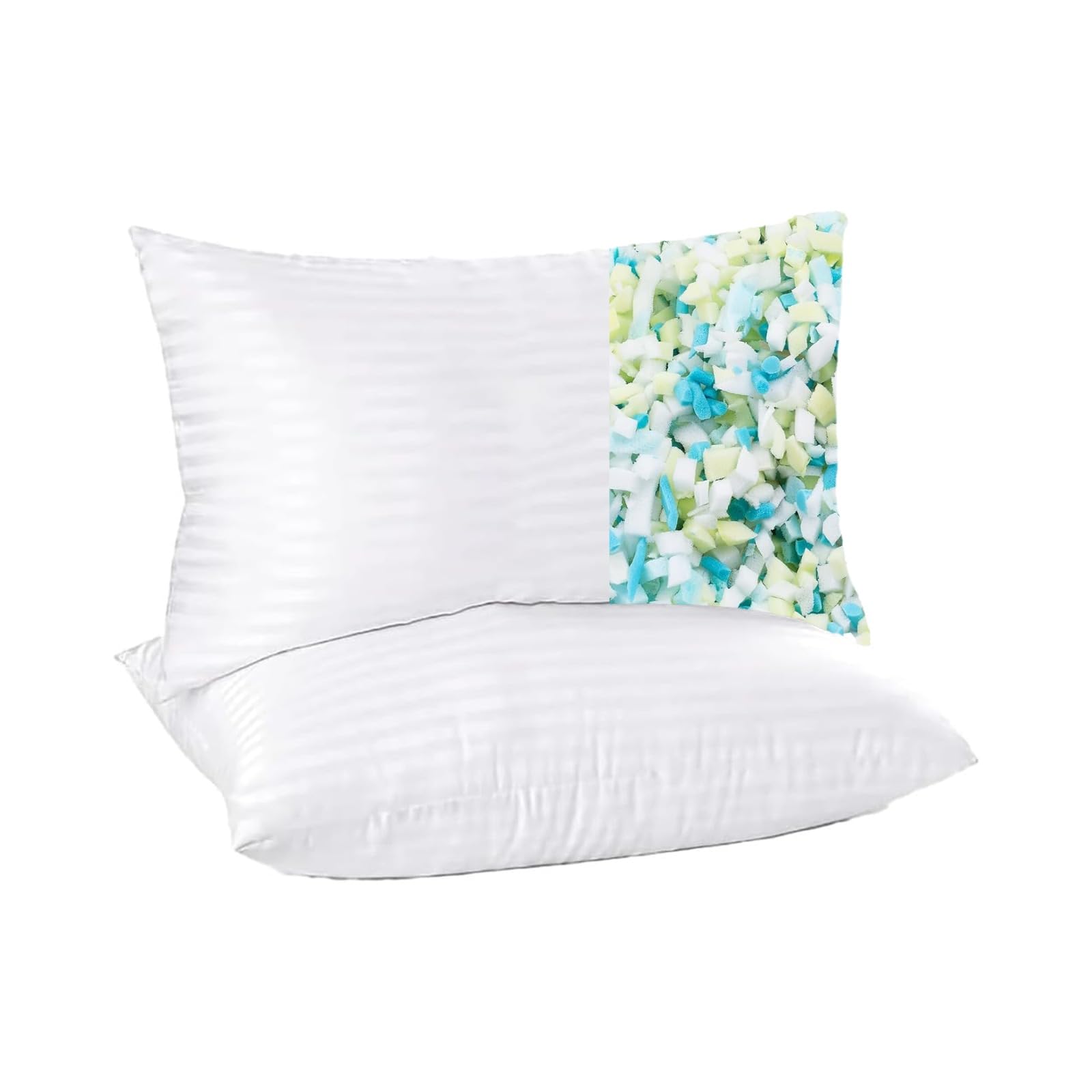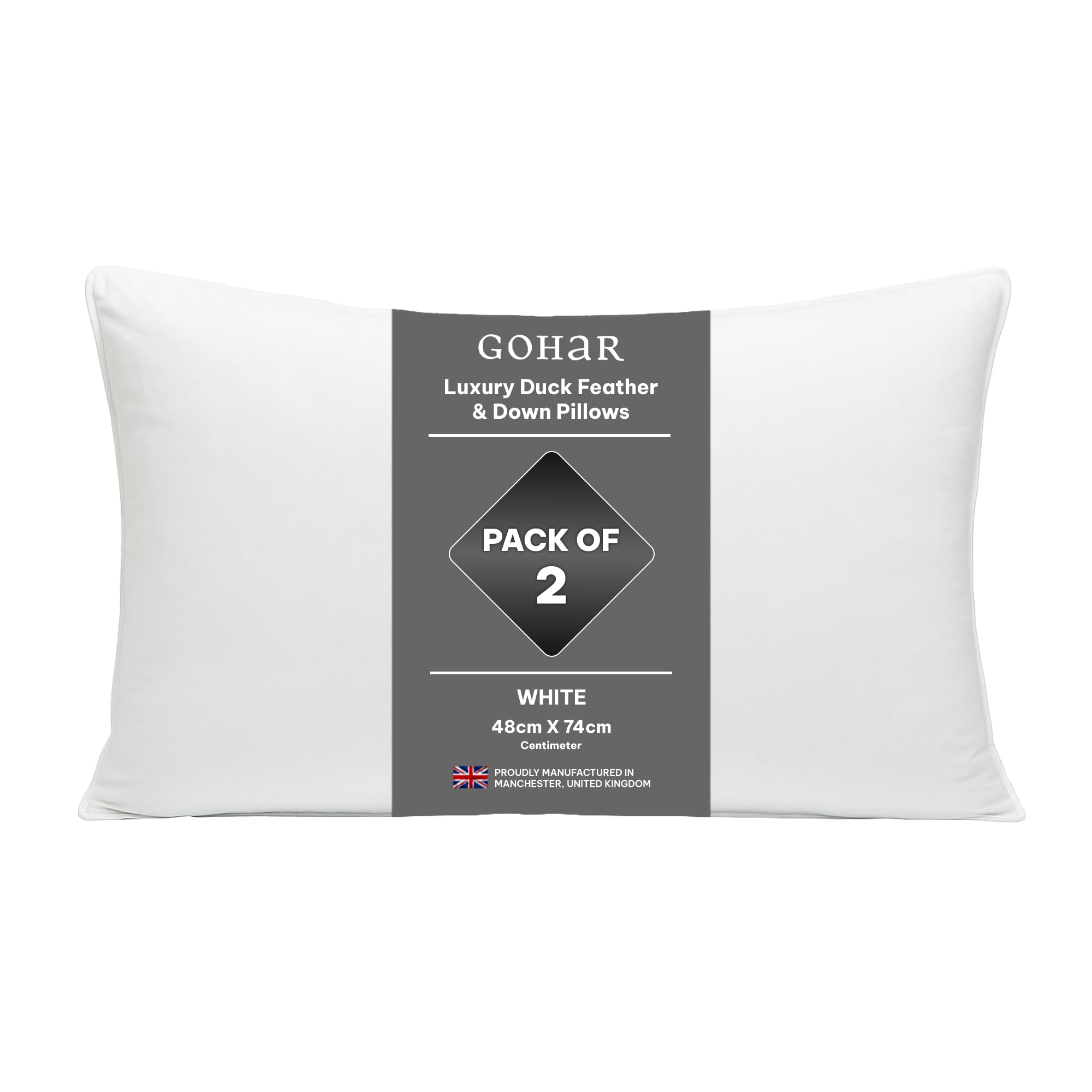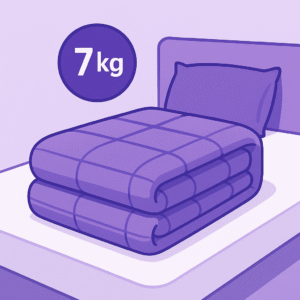Pillows do a lot of work every night, absorbing moisture, supporting your head, and taking the brunt of tossing and turning. Even the best lose shape and hygiene over time. This UK guide explains how long common pillow types last, simple tests to tell if yours is finished, and how to set a replacement routine that keeps your neck happy and your bed fresher.
Neck comfort starts with pillows matched to sleep position and consistent loft.
Lifespan by type
Fibre pillows often last six to eighteen months before flattening. Shredded foam and adjustable pillows can last two to three years if you fluff and rotate regularly. Solid memory foam and latex can last two to four years or more, depending on density and use. Kids’ pillows see more movement and spills and may need replacing earlier. These are guidelines. Replace based on feel and hygiene, not only the calendar.
Tests you can do at home
Fold a fibre pillow in half and see if it springs back. If it stays folded, it is likely finished. For foam, press and see if slow dents remain. Lie down and check alignment. If you have to double a pillow for support or if your head sinks with no resistance, it is time to change. Smells that persist after washing the cover and protector are another sign.
Hygiene and protectors
Pillow protectors extend life and make cleaning easier. Wash protectors every one to two weeks along with pillowcases. Wash pillow covers or outer shells as directed. Even with protectors, pillows absorb moisture over time. If you are waking with a blocked nose or itchy eyes, consider whether a tired pillow is part of the problem.
When replacement helps neck pain
Neck pain often improves when a pillow regains proper height and support. If you wake stiff and your pillow is older than two years, try a new one matched to your sleep position and mattress. Adjustable designs help you fine tune height rather than guessing. Combine with a quick alignment check in a side photo to confirm your head is level with your spine.
Set a simple schedule
Mark the purchase month on the care tag. Review pillows annually. Replace fibre pillows more often, foam less often. Keep a spare in the wardrobe for guests and for emergencies when a favourite fails suddenly. Rotating two pillows per person can spread wear and keep each feeling fresher for longer.
We group long lasting options by sleep position in our guide to pillows that support UK sleepers. Pair with a breathable protector and cool sheets to keep the whole bed fresh.
FAQs
How often should I replace a pillow?
Fibre pillows roughly yearly, foam every two to four years. Replace sooner if support fails or smells persist.
Can washing restore a pillow?
Washing fluffs fibres temporarily. If a pillow immediately goes flat again or smells linger, it is time to replace.
Do protectors make a big difference?
Yes. They reduce moisture reaching the fill and improve hygiene. Wash protectors frequently for best results.
